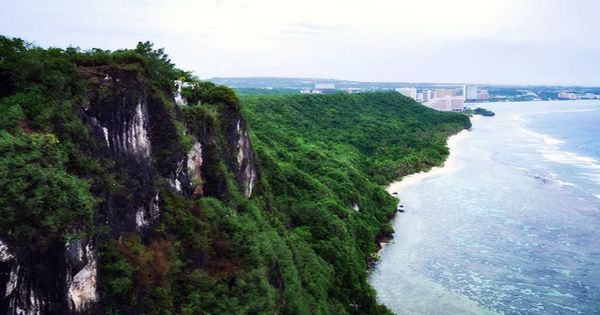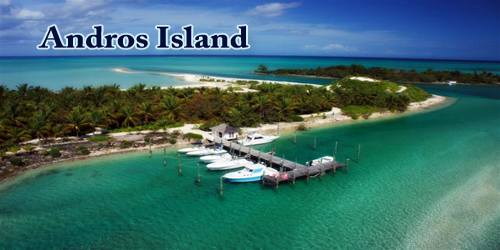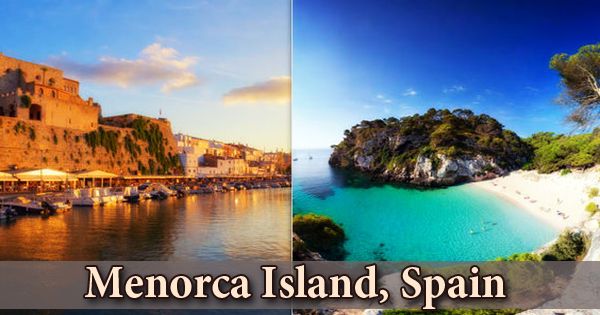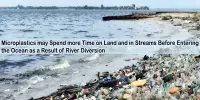The Mariana Islands (/ˌmæriˈɑːnə/; also the Marianas; in Chamorro: Islas Mariånas), the island arc, the western Pacific Ocean, a series of volcanic and uplifted coral formations, about 1,500 miles (2,400 km) east of the Philippines. These islands are a crescent-shaped archipelago comprising the summits of the western North Pacific Ocean, along the 12th and 21st parallel north and along the 145th meridian east, of fifteen largely dormant volcanic mountains. They are the highest slopes of a vast undersea mountain chain, rising to the ocean bed some 6 miles (9.5 km) from the Marianas Trench and forming a border between the Philippine Sea and the Pacific Ocean. They are situated in the northern part of Micronesia’s western Oceanic sub-region and are divided politically into two U.S. jurisdictions: the Commonwealth of the Northern Mariana Islands and the territory of Guam at the southern end of the chain. After their colonization in the 17th century, the islands were named after the powerful Spanish queen, Mariana of Austria.
The Northern Marianas stretch north of Guam for approximately 450 miles (725 km). Saipan, Tinian, Agrihan, and Rota are the more significant islands of the commonwealth. After crossing the Pacific from the southern tip of South America, the Marianas were the first islands Magellan encountered, and the fruits found there helped save the survivors from scurvy, which had already killed hundreds of crewmembers. The Mariana Islands have quite a few active volcanoes, including Mount Pagan, Asuncion, and Farallon de Pajaros.

(Mariana Islands)
Geographically, the Marianas, located between 13° and 21 °N latitudes and 144° and 146 °E longitudes, are the northernmost islands of a wider island group called Micronesia. A total land area of 1,005 km2 (388 sq mi) is in the Mariana Islands. The islands’ climate is tropical. Geographically, the island chain consists of two subgroups, a northern group of ten main volcanic islands, all of which are currently uninhabited; and a southern group of five islands of coral limestone (Rota, Guam, Aguijan, Tinian, and Saipan), all of which are inhabited, with the exception of Aguijan.
The islands are part of a geological structure known as the chain of the Izu-Bonin-Mariana Arc and differ in age from 5 million years in the north to 30 million years in the south (Guam). The Northern Marianas, annexed by Japan in 1914, became a Japanese mandate from the League of Nations after 1919. In World War II, captured by the United States, they were prepared as forward bases for the invasion of Japan but were never used as such. The U.S. seized the Mariana Islands chain from Japan in 1944: the U.S. needed the Northern Mariana Islands as bombing bases to enter the Japanese mainland, so the invasion of Saipan was launched in June before the U.S. even moved to recapture Guam; a month later, the U.S. recaptured Guam and captured Tinian.
The islands were part of a trusteeship given by the United Nations to the United States in 1947; they chose to become a self-governing commonwealth in 1978 and, following the dissolution of the trust territory in 1986, achieved this formal status. Though inferior in number and variety, the fauna of the Marianas is similar in character to that of the Carolines and some species are endemic to both groups of islands. The atmosphere, while humid, is good, while the heat is milder than that of the Philippines, being tempered by the trade winds; the temperature differences are not great.
The Marianas economy is primarily based on subsistence farming, with some revenue from copra and services to U.S. military facilities; cattle are also raised. Tourism is divided primarily between Filipino, Japanese, Korean, Taiwanese, and Chinese tourists in the Northern Marianas. With the significant intermingling of Spanish, Mexican, Philippine, German, and Japanese blood, the population is descended from the pre-Spanish Chamorro. Red rice, meat or poultry on the grill or in coconut milk, chicken kelaguen, apigigi (young coconut with cassava paste wrapped in banana leaf), and tropical fruits are popular dishes in the Mariana Islands.
Information Sources:
















